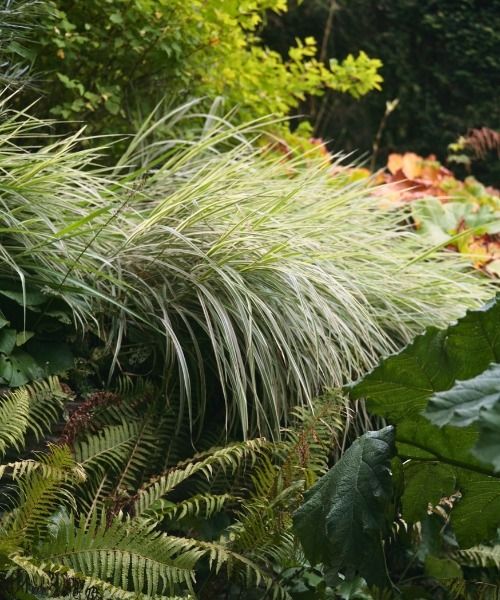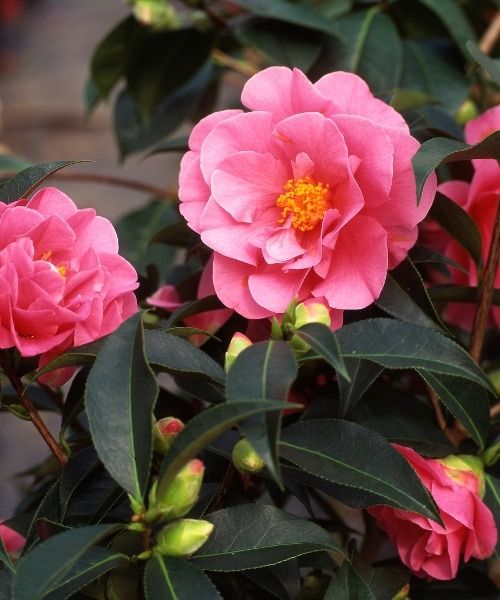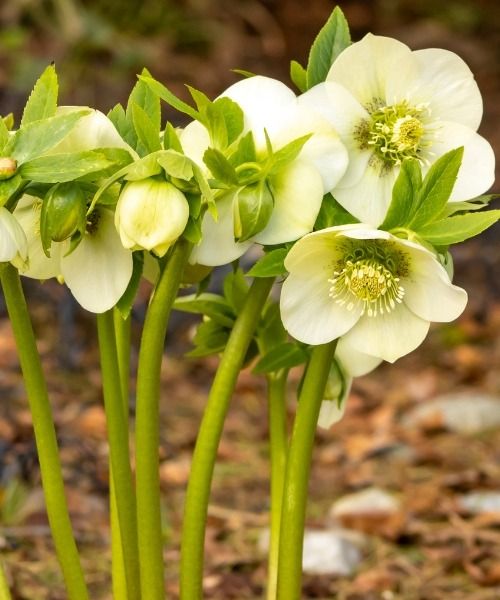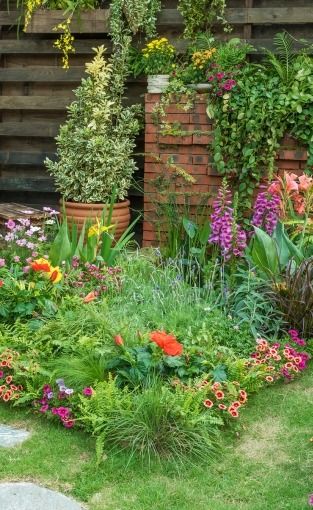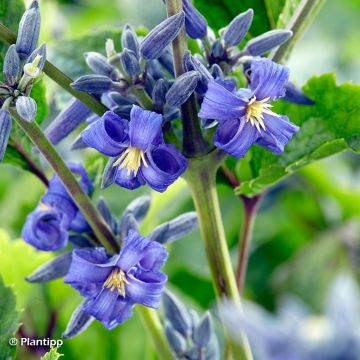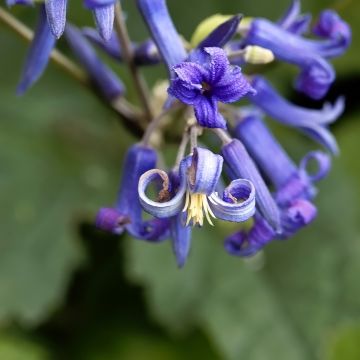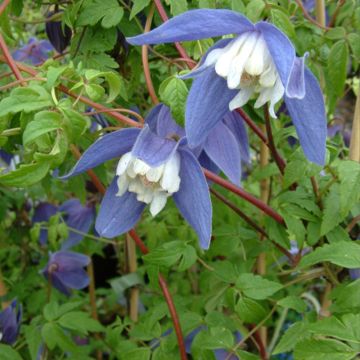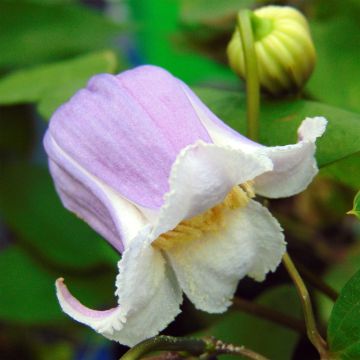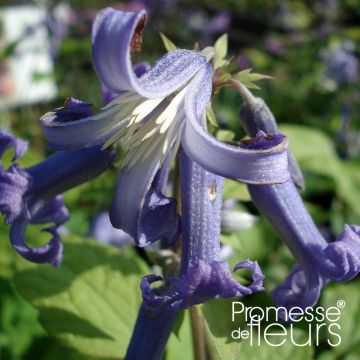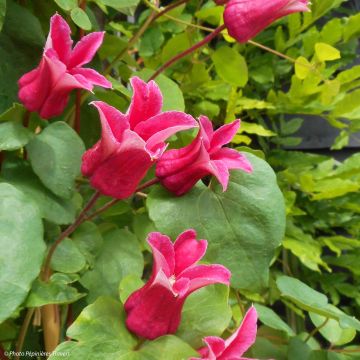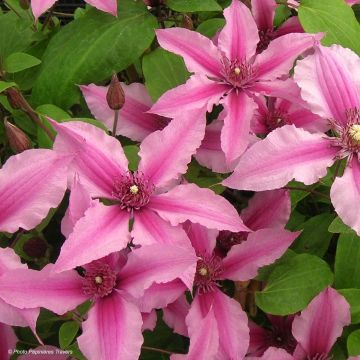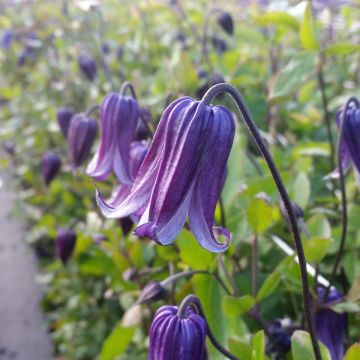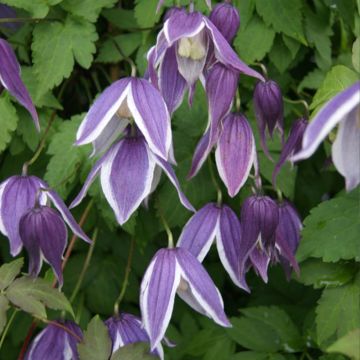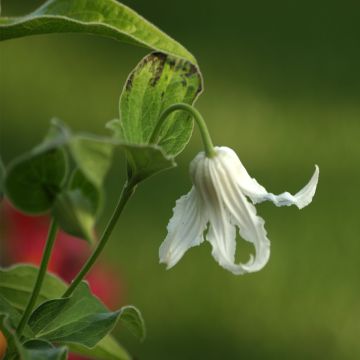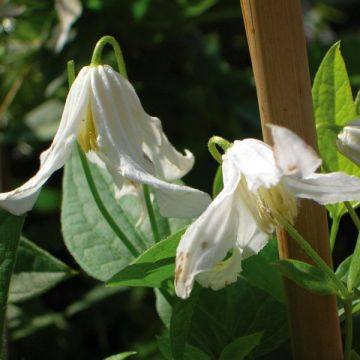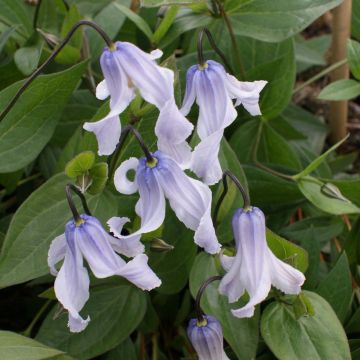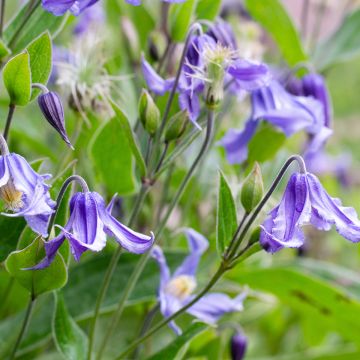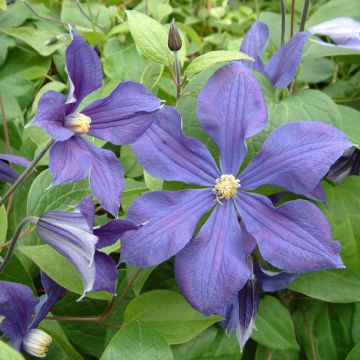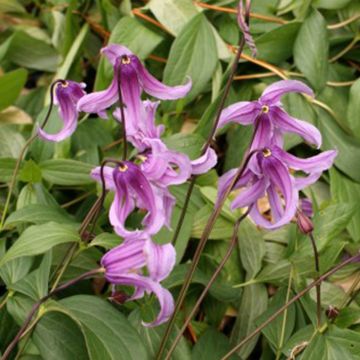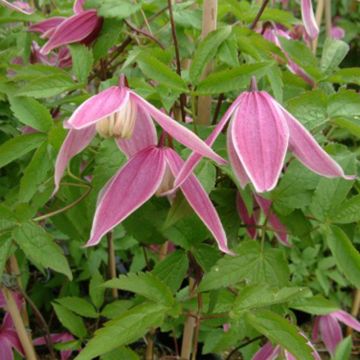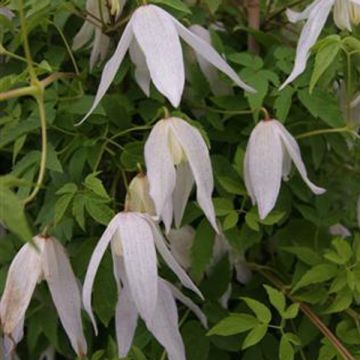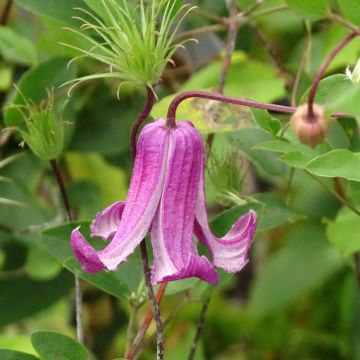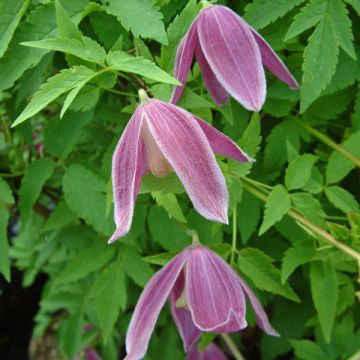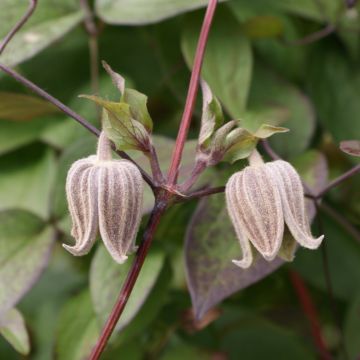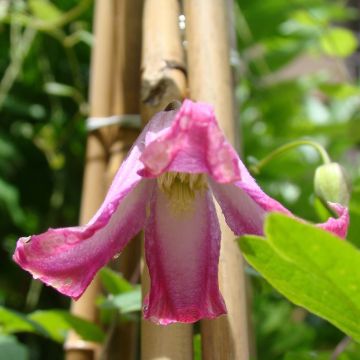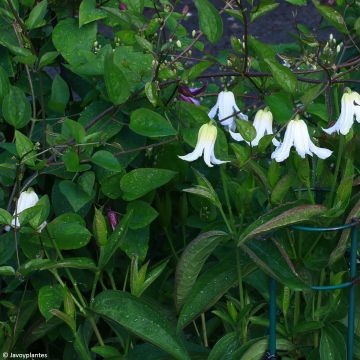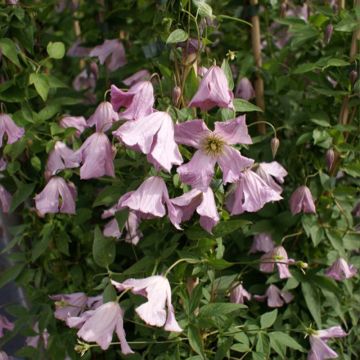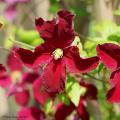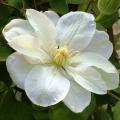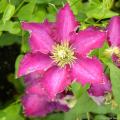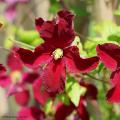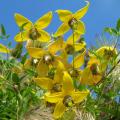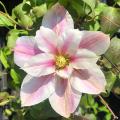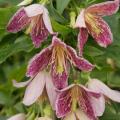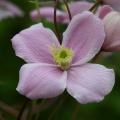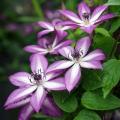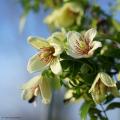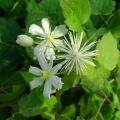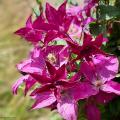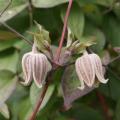Bell-flower Clematis
Does this plant fit my garden? Set up your Plantfit profile →
Available in 1 sizes
Available in 2 sizes
Available in 1 sizes
Available in 1 sizes
Available in 1 sizes
Available in 1 sizes
Available in 1 sizes
Available in 1 sizes
Available in 1 sizes
Available in 1 sizes
Available in 1 sizes
Available in 1 sizes
Available in 1 sizes
Available in 1 sizes
Available in 1 sizes
Available in 2 sizes
Available in 1 sizes
Available in 1 sizes
Available in 1 sizes
Available in 1 sizes
Available in 1 sizes
Available in 1 sizes
Available in 1 sizes
Available in 1 sizes
Available in 1 sizes
Available in 1 sizes
Available in 1 sizes
Discover the bell-shaped flowering clematis among our 250 varieties of clematis. While large-flower clematis are well-known climbing plants, some clematis produce small, bell-shaped flowers, with petals tightly packed together. These are elongated in Clematis alpina or C. macropetala, or more or less curled up at their tips in the 'Annabella' or Clematis diversifolia Rooguchi varieties for example. They can be trailing or upright, thus resembling small tulips with lily-like flowers that are so attractive, in the case of Clematis texensis for example. The flowers of the Clematis viticella, on the other hand, tend to close in the evening or in grey and rainy weather. The flowering period varies, depending on the varieties, from April to October, offering a wide range of colours. Some bell-shaped flowering clematis can reach 4 metres (13 feet) in height on a fence or small tree, while other herbaceous ones will form beautiful bushy or even creeping clumps, very useful for enhancing large perennial flowerbeds or accompanying the summer flowering of small-sized bushes.
Clematis plants like well-worked, cool, fertile soil, with a preference for clay-siliceous soil. In terms of exposure, the flowers prefer sunlight while the base prefers shade, but do not mulch. Place a tile or plant ground cover plants around the base. Watch out for aphids, snails, and slugs! Pruning is necessary in late winter. Cut back the stems that flowered at the beginning of summer to between 50 and 60cm (20 and 24in) from the base of early-flowering small-flower clematis. Clematis plants are used to dress trellises, fences, pylons, arches, trees, shrubs, or can be grown in containers on a terrace. Tip: avoid over-feeding, which will stimulate foliage growth at the expense of flowers.
Haven't found what you were looking for?






























